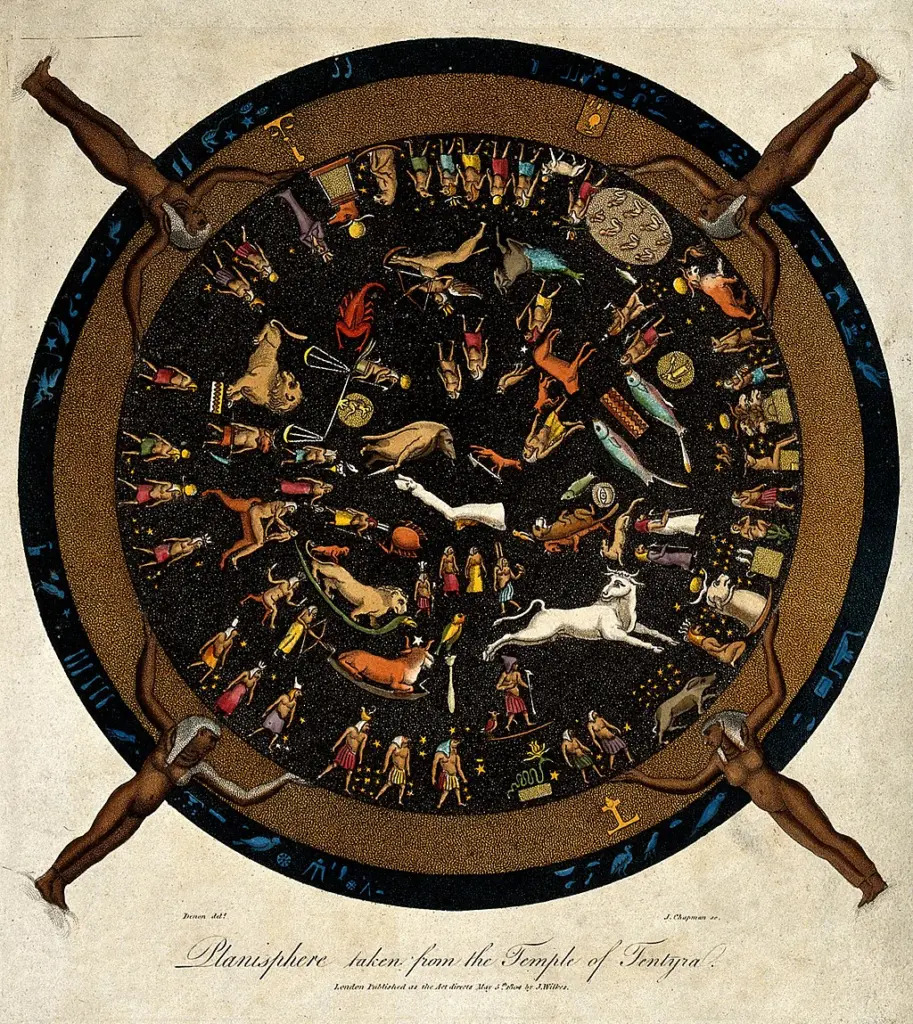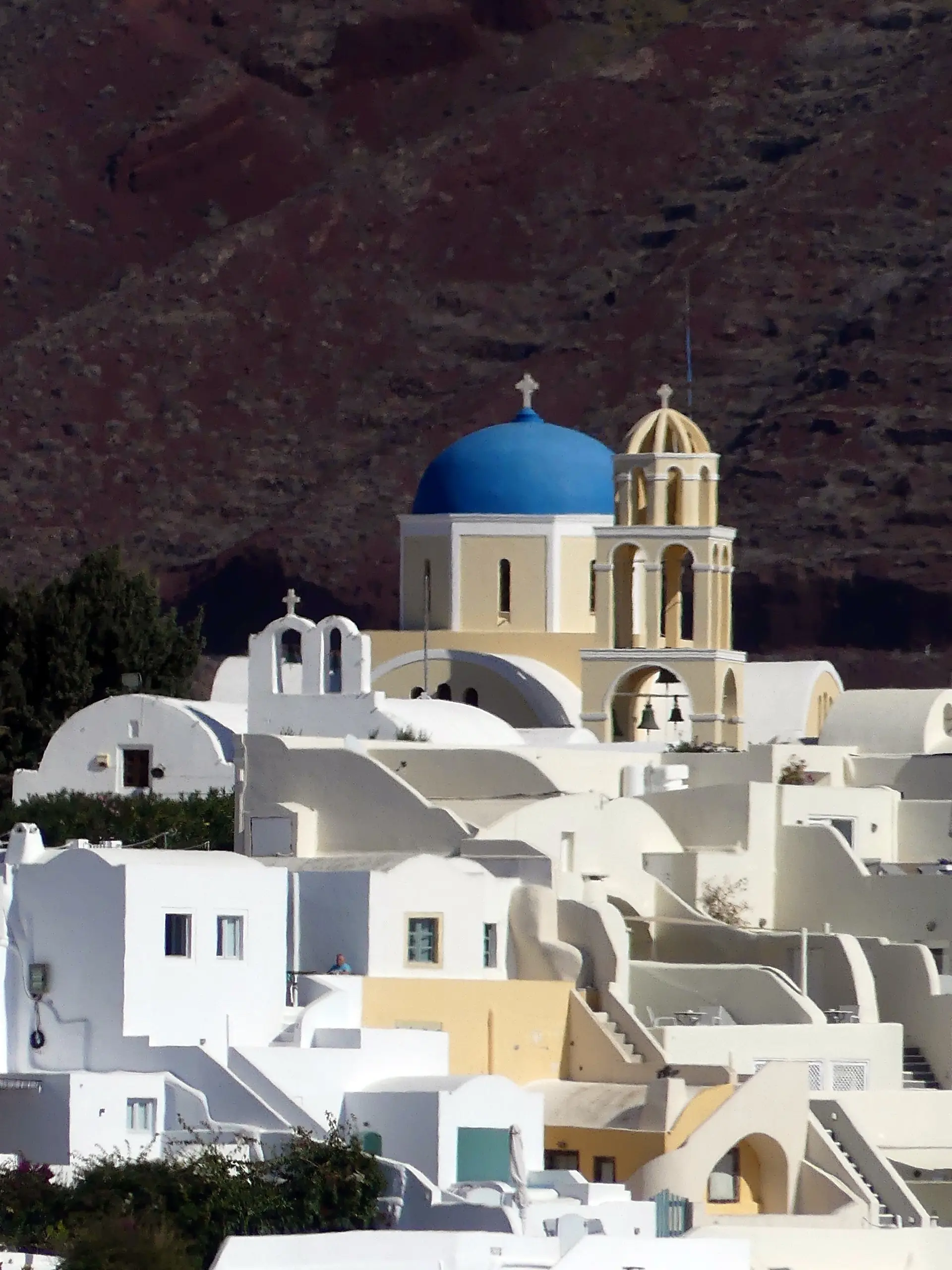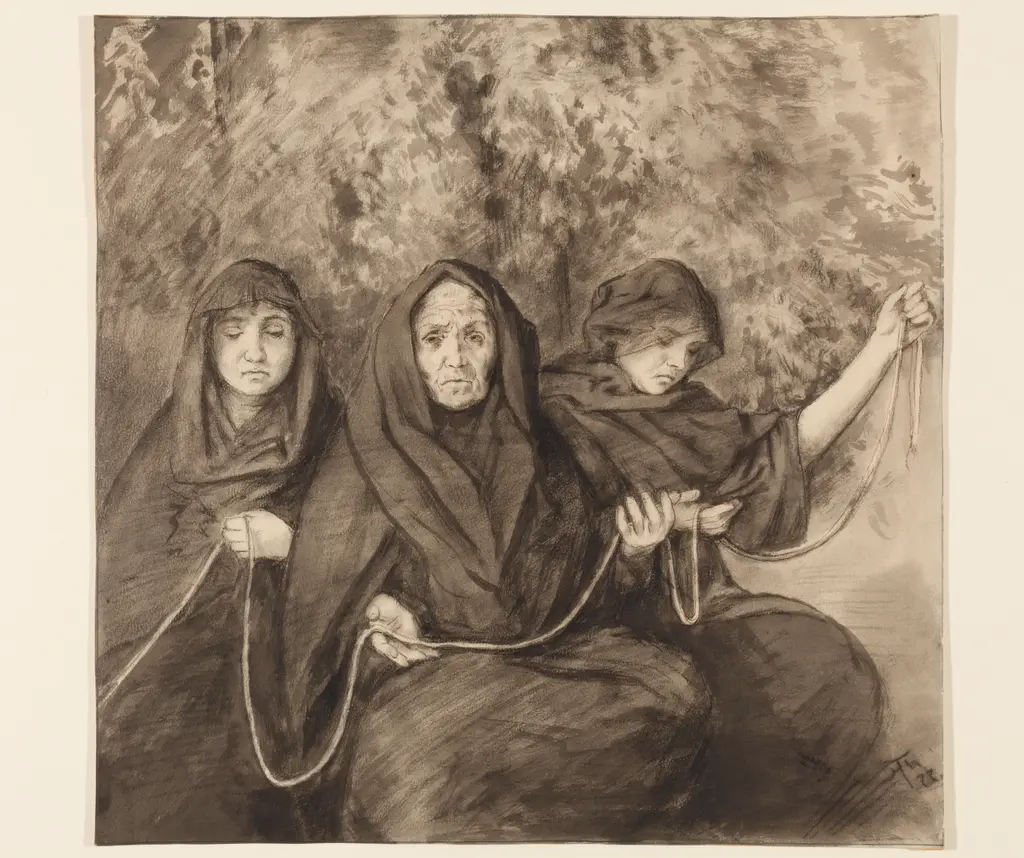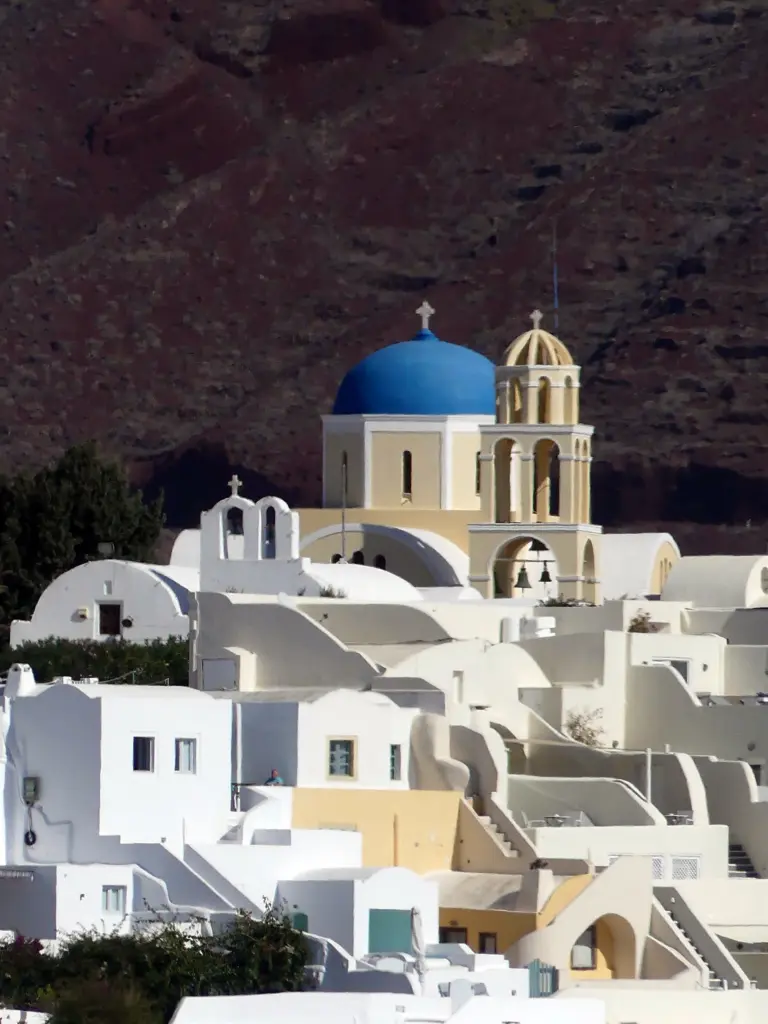Step into the dusky shadows of the past, where the sands of Egypt whisper tales under a canopy of endless stars.
Here, the lines between the heavens and the earth blur, where gods walk among constellations and stars foretell destinies. In this realm, astrology is a vivid language spoken by gods.
This isn’t your textbook history; it’s a journey through a starlit gateway into a world where deities don’t just reign from afar, but engage intimately in the cosmic dance of the skies.
In this exploration, we’re brushing off the dust of conventional narratives to delve into a lesser-told story. A story where each star in the Egyptian night sky is a glint in the eye of a deity, and planetary movements are chapters in celestial epics.
Table of Contents
Toggle
What is Egyptian Astrology?
Egyptian astrology’s roots are ancient, embedded deeply in the sands of a land where pharaohs and priests looked to the heavens for guidance. This system evolved in a context where astronomy and spirituality were intertwined, with the movements of celestial bodies seen as the workings of gods.
Unlike Western Astrology, which is primarily solar-based and focuses on individual experiences through a twelve-sign zodiac while the Egyptian system placed significant emphasis on lunar cycles and stellar movements (similar to the Chinese Zodiac), Egyptian astrology was deeply embedded in the mythological narrative of the land. The focus was less on individual destiny and more on the broader understanding of divine plans and cosmic cycles.
The Egyptian zodiac itself was a complex and intricate system. It wasn’t limited to constellations; it included specific stars and divisions of the sky into 36 sections, known as decans, each governed by a different deity.
Meet the Egyptian Deities
1. Ra - The Sun God
Ra, the quintessential sun god, stands as a symbol of power and creation. Revered as the king of the gods, Ra was believed to travel across the sky each day, representing the sun’s journey. This daily voyage was a narrative of triumph and renewal, as Ra battled with the forces of chaos each night. This journey is symbolized by the Scarab Beetle in Ancient Egyptian symbology.
In the photo above, Ra is depicted holding the Was Scepter and the Ankh, two symbols that you will find being carried by deities, symbolizing power and life respectively.
As the embodiment of the sun, Ra was associated with life, vitality, and authority. The sun itself, a crucial celestial body in astrology, represents the core of existence and the source of all energy. Astrologically, Ra’s influence was sought in matters concerning leadership, vitality, and personal empowerment.
Ra’s connection with the sun placed him at the center of Egyptian celestial observations. His movements across the sky were not just indicators of time but were seen as direct expressions of his will and influence. Solar phenomena such as eclipses or solstices were significant events, often interpreted as powerful messages from Ra.
2. Osiris - God of the Afterlife
Osiris’ story is a tale of betrayal, death, and rebirth, symbolizing the eternal cycle of life. Osiris’s death (see the Djed Pillar for more info on this) at the hands of his brother, Seth, and his subsequent resurrection by his wife, Isis, resonate deeply in Egyptian lore, embodying themes of regeneration, renewal, and the triumph of life over death.
In the cosmos, Osiris was closely associated with the constellation Orion. The ancient Egyptians saw Orion as a place of rebirth and renewal, mirroring Osiris’s own journey through death and resurrection.
The influence of Osiris in Egyptian astrology was profound, especially in matters of transformation and regeneration. His connection to the cycles of life and death made him an important figure in astrological interpretations, particularly those concerned with transitions, rebirth, and the mysteries of the afterlife.
3. Isis - Goddess of Motherhood
Isis was revered as a protective goddess, particularly of children and the family.
Isis had a strong celestial association with the star Sirius, known as Sothis in ancient Egypt. The heliacal rising of Sirius, which coincided with the start of the Nile’s inundation and the Egyptian New Year, was a significant event in the Egyptian calendar. This celestial occurrence was seen as a manifestation of Isis’s life-giving and nurturing qualities.
She was often invoked in matters requiring nurturing energies, and her association with Sirius brought a focus on renewal.
4. Seth - God of Chaos
Seth was a complex deity, known for his ambiguous and sometimes malevolent role, particularly in the story of Osiris, where he was the antagonist, Seth embodied the necessary balance of chaos within the ordered world.
The Set animal (his face), also known as sha, holds the symbolic status of being the chosen animal of the deity Set. Due to Set’s association with the Greek creature Typhon, this particular animal is frequently referred to as the Typhonic beast.
In contrast to other symbolic animals, the Set animal cannot be readily matched to any existing creature in the contemporary natural world. Present-day Egyptologists widely concur that it was a purely mythical creation within the ancient Egyptian mindset and did not correspond to any real-life creature.
Astrologically, Seth’s influence was significant in times of upheaval. He represented the necessary destructive forces that bring about transformation. His association with storms and the desert also linked him to unpredictable and challenging aspects of life.
Seth was often invoked in understanding and navigating tumultuous times, both in personal life and broader societal changes.
Seth’s dual nature as a force of destruction and a protector was a reminder of the balance between order and chaos.
5. Horus - The Sky God
Horus was often depicted as a falcon or as a man with the head of a falcon. He symbolized kingship, the sky, and protection.
As the son of Isis and Osiris, Horus played a key role in the mythological narrative of revenge against Seth for the murder of his father, Osiris.
Horus was closely associated with the sun and the sky. One of his most significant symbols was the Eye of Horus, representing the sun and moon, and thus he was often connected to the daily cycle of the sun across the sky and the moon’s phases.
The mythology surrounding Horus, especially his battles with Seth, was reflective of the struggle between order and chaos, light and darkness. This struggle and eventual triumph of Horus were seen as metaphors for the daily journey of the sun, overcoming darkness each dawn.
In Egyptian astrology, Horus embodied the principles of resilience, authority, and the protective power of light.
6. Thoth - God of Wisdom
Thoth was the god of wisdom, writing, and knowledge. Often depicted as a man with the head of an ibis or a baboon, Thoth was also associated with the moon and served as the scribe of the gods. He was believed to be the inventor of writing and the keeper of divine knowledge.
In the celestial sphere, Thoth’s connection with the moon was significant. He was often considered the counterpart to the sun god Ra, representing the moon’s influence in contrast to the sun’s dominance. The waxing and waning of the moon were seen as manifestations of Thoth’s wisdom and knowledge, shedding light in the darkness and symbolizing the rhythm of time and learning.
Thoth represented the intellectual and reflective aspects of life, reminding the ancient Egyptians of the importance of knowledge, learning, and the harmonious balance between the moon and the sun. His influence was seen as guiding the wise, the learners, and those seeking deeper understanding in their lives.
7. Anubis - God of the Underworld
Anubis was known as the god of mummification and the afterlife, often depicted as a man with the head of a jackal or as a full jackal.
His role was primarily associated with the embalming process, the protection of graves, and the guiding of souls into the afterlife. Anubis’s presence was essential in the weighing of the heart ceremony, where he oversaw the judgment of souls.
His astrological significance lay in his role as a protector and guide of the dead. The transition from life to death and the journey of the soul were intrinsic aspects of Egyptian astrology, where the afterlife was a realm deeply intertwined with the celestial.
8. Hathor - Goddess of Love
Hathor was revered as the goddess of love, beauty, music, and motherhood. Often depicted as a cow, a cow-headed woman, or a woman with cow’s ears, Hathor was a multifaceted deity embodying femininity, fertility, and joy.
She was also known as a protective goddess, particularly of women and children.
Hathor was associated with the Milky Way, seen as the nourishing milk flowing from the udders of a celestial cow. Additionally, she had associations with Venus, the planet symbolizing love and beauty.
Hathor’s stories often depict her as a compassionate, nurturing figure, yet also capable of fierce protection.
9. Bastet - Goddess of Home
Bastet, the goddess of home, fertility, and cats, was often depicted with the head of a lioness or as a domestic cat. She was revered for her protective qualities, particularly in safeguarding homes and fostering harmonious family life.
Over time, her representation softened from a fierce lioness to a more nurturing domestic cat.
Bastet was associated with the moon. Her lunar connection brought an emphasis on intuition, comfort, and the protective aspects of the home and family.
In mythology, Bastet was a guardian against evil spirits and misfortune. Her presence was believed to ward off negative energies, ensuring peace and security. This protective aspect was mirrored in her astrological significance, where her influence was considered vital in maintaining balance and harmony in personal life, particularly in domestic matters.
10. Sobek - God of the Nile
Sobek, often depicted with a crocodile head, was a powerful and fearsome god. He represented strength and was known as the Lord of the Nile, embodying the might of this great river. His worship was particularly prominent in regions close to the Nile where crocodiles were common.
In one tale, Sobek helps Ra combat the dark serpent, Apophis, an embodiment of chaos that attempted to stop the solar barque on its daily journey. This reflects Sobek’s role as a protector and a deity capable of fierce combativeness, necessary for maintaining cosmic order.
His qualities of strength and protection were often invoked to ensure safety, both in terms of agriculture and human life. The crocodile’s characteristics, such as its stealth, strength, and speed, were seen as symbolic of Sobek’s power.
11. Sekhmet - Goddess of War
Sekhmet was both a warrior goddess as well as a goddess of healing. She was depicted as a lioness, the fiercest hunter known to the Egyptians. Her name meant “the powerful one,” and she was associated with both the destructive and healing aspects of the sun, embodying the duality of nurturing and ferocity.
One of the most compelling myths about Sekhmet is the story of the “Destruction of Mankind.” In this legend, Ra, the sun god, sends Sekhmet to punish humanity for its rebellion. She becomes so engrossed in the slaughter that Ra fears she will kill all humans. He cleverly dyes beer red to resemble blood, and after drinking it, Sekhmet becomes docile, transforming into the gentler goddess Hathor.
In terms of celestial associations, Sekhmet, like Ra, had connections to the sun. Her fierce and fiery nature was often likened to the scorching heat of the sun at its zenith. Sekhmet’s influence was invoked in times of conflict and when seeking protection from harm.
12. Nut - Goddess of the Heavens
Nut was often depicted as a star-covered woman arching over the earth, representing the sky. Nut was considered the mother of the sun, moon, and stars, swallowing the sun each evening and giving birth to it again at dawn, symbolizing the cycle of day and night.
One of the key myths involving Nut concerns her forbidden love with Geb, the Earth god. Their separation by Shu, the god of air, led to the creation of the space in which the mortal world exists. Nut’s body formed the sky, arched over her lover, Geb, the earth. From their union came other major deities, including Osiris, Isis, Seth, and Nephthys.
Nut’s vast depiction, covering the entire sky, symbolizes the omnipresence of the heavens and the mysteries held within. Her role goes beyond specific traits, encompassing the broader themes of protection, creation, and the cyclical nature of life, as seen in the continuous journey of celestial bodies across her body.

How was Astrology Practiced in Ancient Egypt?
Astrology in ancient Egypt was a deeply embedded practice, both in daily life and in religious contexts. It wasn’t astrology as we know it today, instead, it was a more holistic approach, closely tied to religion, medicine, and the cosmic order.
Astrology in ancient Egypt was primarily the domain of priests. They observed the stars and planets, making careful notes of their movements. Temples often served as observatories, where these observations were made. The priests used their knowledge of the stars to predict Nile floods, agricultural cycles, and significant religious events.
Astrological knowledge was recorded in various texts, like the Cairo Calendar, which contained both astronomical observations and religious festivals.
In daily life, astrology was used to determine auspicious days for various activities. This could range from farming activities, like when to plant or harvest crops, to personal matters, like marriages or important business transactions. The ancient Egyptians believed that the movements of celestial bodies had a direct impact on everyday occurrences.
The Relationship Between Mythology and Astrology
Egyptian mythology was deeply intertwined with their astrological beliefs. The gods and goddesses in these myths were often associated with celestial bodies and natural events, reflecting the Egyptians’ belief in the divine nature of the cosmos.
These myths played a crucial role in shaping astrological practices. They provided a framework for interpreting the movements of celestial bodies and their impact on the natural world and human affairs. For example, the myth of the Distant Goddess, involving different goddesses like Hathor or Sekhmet, explained the phenomena of celestial bodies moving away from and then returning to Earth.
This system provided them not only with explanations for natural occurrences but also with a means to predict and prepare for them. By understanding these myths and their celestial associations, the Egyptians sought to harmonize their lives with the rhythms of the cosmos, which they saw as a reflection of the actions and wills of the gods.

Astrological Charts and Tools
Ancient Egyptian astrology employed various methods for astrological readings. While their practices differed significantly from modern astrology, their methods were sophisticated and closely tied to astronomical observations. Here’s how they did it:
- Decanic Stars: The Egyptians divided the night sky into 36 decans (each covering ten days of the solar year), which played a crucial role in their astrology. They used these decans to mark the hours of the night and as a calendar to track religious festivals and significant events.
- Water Clocks and Sundials: These were used to measure time, which was crucial for accurately tracking celestial movements. Water clocks, or clepsydras, were particularly important for night-time observations.
- Astronomical Ceilings and Temple Alignments: Temples and tombs often featured astronomical ceilings depicting the night sky, including stars, constellations, and the decans. These were not only religious and decorative elements but also served as tools for understanding celestial movements.
The Astronomy and Astrology Connection
In ancient Egypt, astronomy and astrology were not separate disciplines as they are today. Astronomy, the observation and study of celestial bodies, directly informed astrological interpretations. Consequently, tracking and understanding these movements were paramount for both predicting significant events and for religious purposes.
The Egyptians developed one of the world’s first solar calendars, based on the annual rise of the star Sirius (Sothis) and its correlation with the Nile’s inundation. This calendar was crucial for agricultural planning and is considered a major achievement in astronomy.













